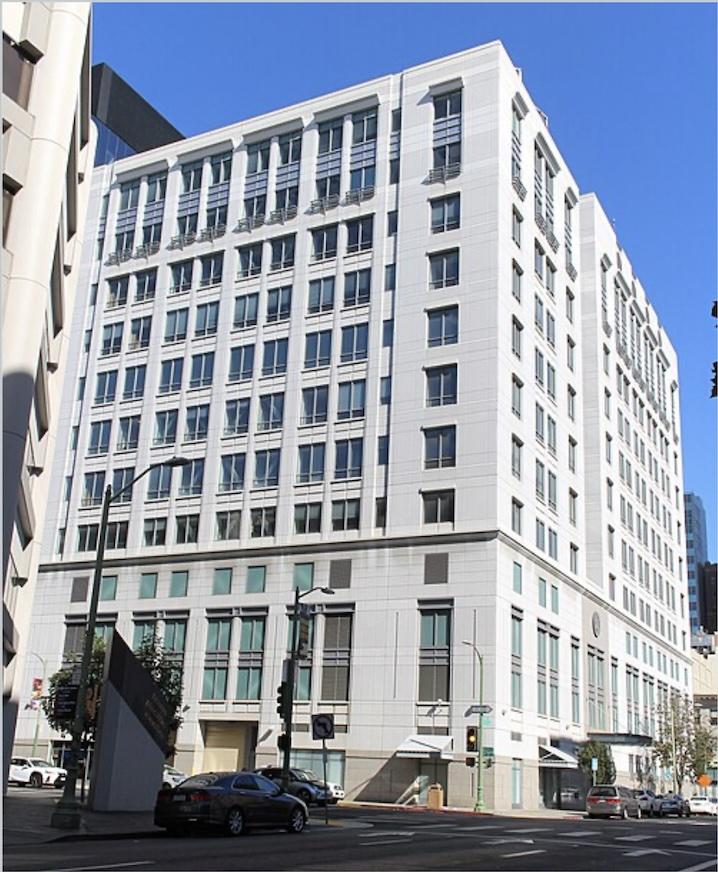SAN FRANCISCO — Once seen as a symbol of prosperity, a six-figure salary in the Bay Area no longer guarantees financial stability.
According to the California Department of Housing and Community Development (HCD), a single person earning up to $111,700 in Santa Clara County—or $109,700 in San Francisco, Marin, and San Mateo counties—now qualifies as “low-income.”
It’s a shift that reflects the deepening crisis of affordability across the region.
A Six-Figure Salary, But Still Struggling
Teachers, healthcare workers, and even some tech employees earning more than $100,000 annually are now eligible for housing assistance under state guidelines—if they can find available units.
This phenomenon stems from the region’s spiraling costs. A 2024 report from United Ways of California shows a family of four needs at least $134,211 per year just to meet basic needs in the Bay Area. That figure nearly doubles the federal poverty line and excludes savings, debt payments, or emergency costs.
Over 670,000 households—around 27% of the Bay Area—struggle to meet basic expenses despite working full-time, according to the same report.
Homeownership: An Out-of-Reach Dream
The homeownership outlook is increasingly bleak. As of early 2025:
The median home price in San Jose is approximately $1.4 million, requiring an income of over $370,000/year to afford.
In San Francisco, the median home sits closer to $1.5 million, needing at least $200,000/year in earnings, based on standard mortgage lending guidelines.
Meanwhile, mortgage rates have surged. According to Freddie Mac, the average 30-year fixed mortgage rate reached 6.84% as of May 2025—up from around 4.1% in 2019.
While areas like Napa, Solano, and Sonoma counties offer slightly lower prices, they too have seen income eligibility thresholds rise nearly 50% since 2020, reflecting widespread price inflation and stagnating housing supply.
Rethinking What “Low-Income” Means
Traditional assumptions about financial hardship are changing. Engineers, social workers, and other professionals with degrees and full-time employment are increasingly considered “low-income” under state guidelines.
The shift is both economic and psychological. Once-common goals—such as buying a home or building savings—are slipping out of reach for many middle-income earners. Meanwhile, longtime residents, including immigrant families and retirees, face growing pressure from rent hikes and displacement.
Policy Efforts and Shortfalls
Regional leaders are exploring strategies to address the affordability crisis, but progress has been uneven.
The Bay Area Housing Finance Authority (BAHFA) had proposed a $20 billion regional housing bond, known as Regional Measure 4, aimed at funding the construction and preservation of up to 90,000 affordable homes across nine counties.
However, the measure was withdrawn from the November 2024 ballot after a miscalculation in the bond’s repayment estimate raised legal and public trust concerns.
Polling data also showed that voter support was unlikely to meet the required two-thirds supermajority for passage.
Advocates are now considering reintroducing the measure in a future election, possibly in tandem with Proposition 5, a proposed statewide initiative that would lower the threshold for passing local bond measures.
Meanwhile, cities continue to promote the development of Accessory Dwelling Units (ADUs) and are attempting to streamline permitting, but experts warn that such efforts are insufficient without broader systemic reforms and large-scale housing construction.
What It Means for Residents
The Bay Area’s housing crisis is more than a real estate issue—it impacts the cost of groceries, childcare, healthcare, and commuting. It shapes who can live here, who can stay, and who is forced out.
At a time when a $100,000 salary can still leave a family struggling, the very meaning of “middle class” is being rewritten.
The Bay Area remains a global center for innovation, but without structural changes, that success may come at the cost of its own residents.







